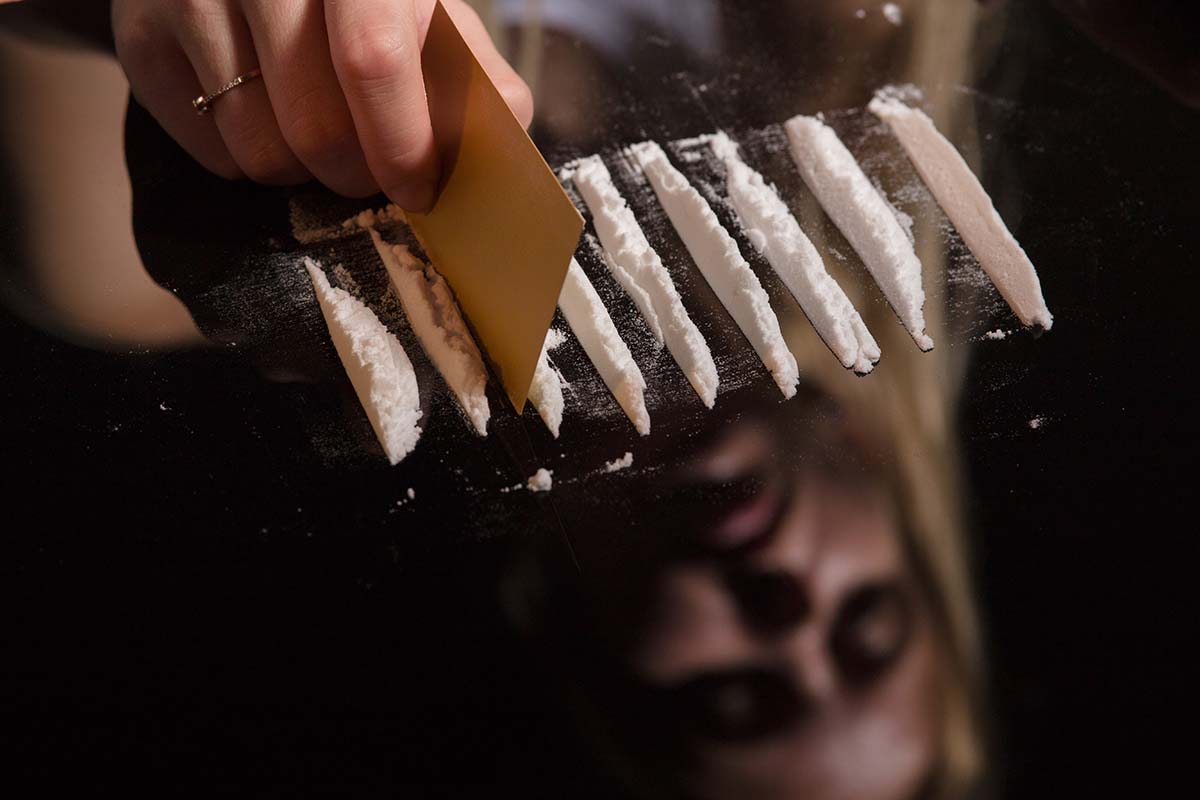A stimulant works on the central nervous system to increase cognitive function or alertness. Stimulants can be illicit substances, such as cocaine, or prescription medications. These drugs are taken orally, injected, or snorted.
Many people use some form of stimulants every day. For example, caffeine in coffee and nicotine found in cigarettes are both considered stimulants. Doctors prescribe some stimulants, such as Adderall and Ritalin, to help with ADHD. Other stimulants, such as meth or cocaine, are illegal. Since stimulants help increase energy and focus, it’s easy to develop stimulant abuse. Abuse of stimulants can mean that the medication is taken in a way other than prescribed, a person is taking someone else’s medication, or if someone only takes the medicine for the effect it causes and to get high. Abuse can range from a college student buying Adderall to help study to someone with a long-term meth addiction.
Signs of Abuse
Those who regularly abuse stimulants, regardless of the intentions, are at risk of addiction. There are some common symptoms of stimulant abuse, including:
- Dilated pupils
- Hyperactivity
- Loss of appetite
- Sweating
- Deceptive behavior
- Aggressive behavior
- Risky or impulsive behaviors
- Mood swings
- Racing thoughts
- Nervousness or anxiety
Risks Factors of Abuse
There are certain risk factors for stimulant abuse. Those who grow up in families with siblings or parents that abuse stimulants are more likely to do so on their own. Other risk factors include a personal history of mental illness or substance abuse, family history of mental illness, familiarity with and easy access to stimulants, chronic exposure to high stress, poverty, unemployment, high expectations or demands placed on oneself, and exposure to stimulants in utero.
The Dangers of Abuse
Abuse of all different types of stimulants can lead to negative consequences. The most obvious risk is how addictive the substances are. Stimulants can also affect an individual’s health in the short and long term. Those who abuse stimulants are at risk for stroke, cardiac arrest, cardiac arrhythmia, and other risks. Abusing stimulants for athletic performance is also dangerous because stimulants increase blood pressure. Higher blood pressure with physical exertion can make a stroke and cardiac arrest even more likely.
It is possible to overdose on stimulants. An overdose happens when an individual uses enough of the drug to produce a life-threatening reaction or death. When someone overdoses on a stimulant, he or she commonly experiences several different symptoms, including tremors, rapid breathing, panic states, hallucinations, and weakness. He or she may also be having heart problems leading to a heart attack. Stomach issues can include diarrhea, vomiting, and cramps. Overdose can result in coma or fatal poisoning.
Someone who abuses stimulants for a longer period of time may be at risk for developing a dependence. When that individual attempts to stop using, his or her body needs to readjust to functioning without the presence of stimulants. This withdrawal period can be uncomfortable or life-threatening, depending on the level of stimulant abuse. Some withdrawal symptoms include irritability, paranoia, insomnia, dehydration, delusions, fatigue, or cravings for the drug.
Getting Help for Stimulant Addiction
For individuals addicted to stimulants, the substances become the main priority in life. An addicted individual will often ignore any negative consequences, whether it’s health-related or personal. Stimulants flood the brain with the pleasure-inducing chemical dopamine, which is why it’s so easy to use again. Those who abuse stimulants may also have a co-occurring disorder and struggle with mental health issues. Understanding the symptoms of stimulant abuse can help determine if someone you know has a problem. Professionals use behavioral therapies, such as cognitive-behavioral therapy, to treat stimulant addiction. This therapy helps modify the client’s drug use expectations and helps manage stress and triggers. Contact 877.296.7477 for help with recovery and treatment options.







